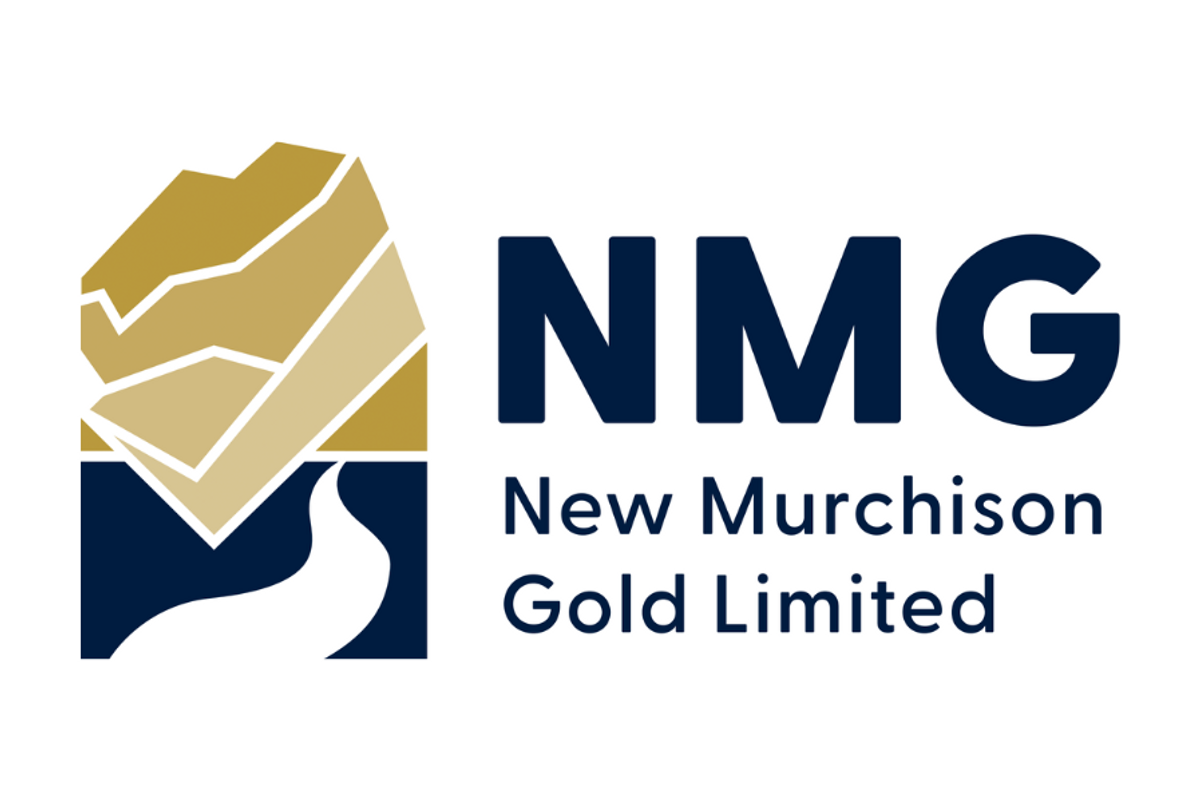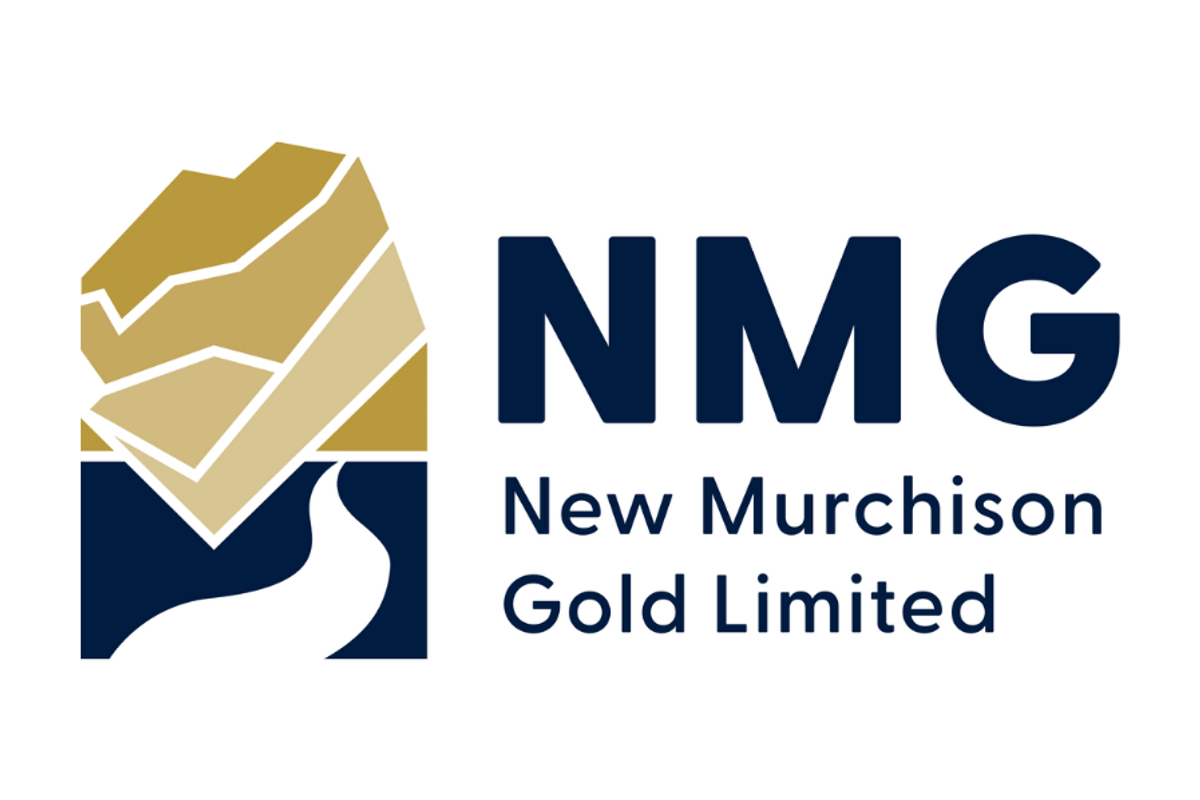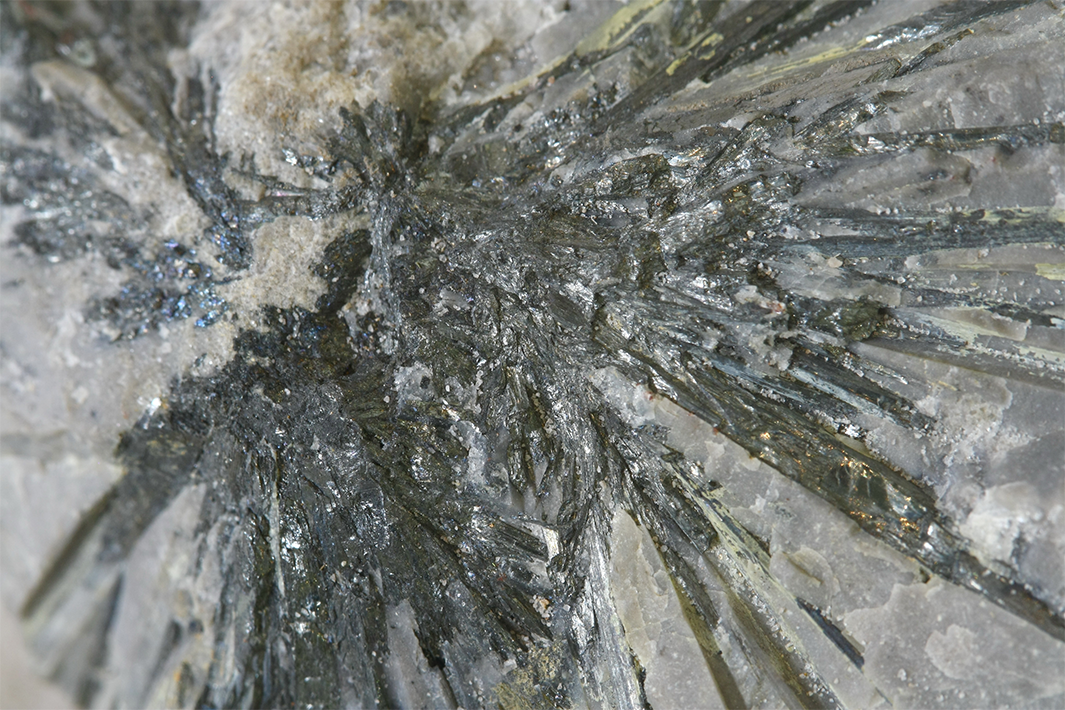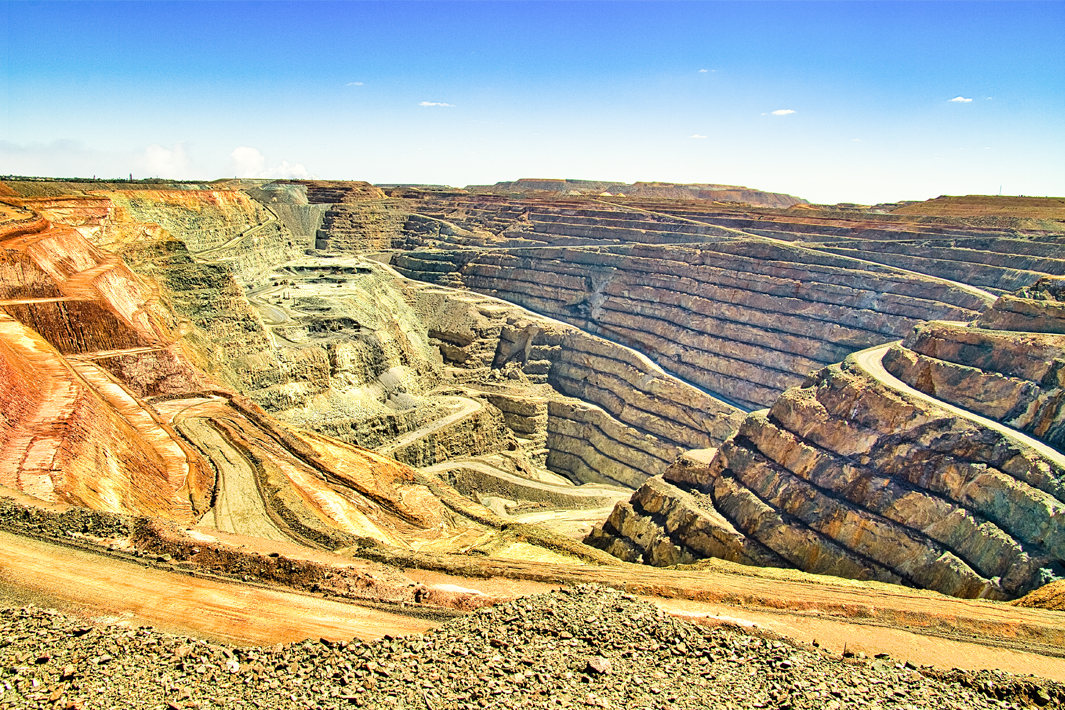
January 28, 2025
New Murchison Gold Limited (ASX: NMG) (“NMG” or the “Company”), a Western Australian gold exploration and development Company, is pleased to provide shareholders and investors with an exploration and operations overview to accompany the Appendix 5B for the quarter ending 31 December 2024 (“Quarter” or the “Reporting Period”).
HIGHLIGHTS
Drilling and Estimation
- New very high-grade gold mineralised zones encountered by drilling in the footwall of south eastern zone (SEZ) lodes.
- Infill drilling during the quarter confirmed gold mineralisation modelling and upgraded resource confidence in many areas.
- New Mineral Resource Estimate released showing an increase for the Crown Prince Deposit at Garden Gully with a 3G% increase in the Indicated classification estimate to 226koz at 4.6 g/t gold (Au).
- The total Mineral Resource has grown by 16% from the February 2024 estimate, to 279koz at 3.9 g/t Au.
Pre-development activities
- NMG is close to announcing a detailed Feasibility Study (environmental, social, mining, metallurgy, geotechnical, hydrogeological) to support a robust value proposition for mining Crown Prince.
Westgold Strategic Alliance
- New Murchison Gold and Westgold entered into an Ore Purchase Agreement (OPA) which will underpin production form NMG’s Crown Prince deposit near Meekatharra, Western Australia in 2025.
- Subject to final regulatory permitting, under the OPA, NMG will commence mining from a new open pit operation at Crown Prince with a targeted commencement date of mid-2025.
Corporate
- Cash balance of $2.749 million cash at the end of December.
- Following the ongoing exercise of in the money options (March 2025 expiry) cash balance as at 24 January (i.e. the end of the week before this release) was $3.951 million
- Company is well funded to pursue ongoing technical programs and commercialisation options at Crown Prince.
During the Quarter, the Company continued to advance the Crown Prince Project (M51/886) part of NMG’s broader Garden Gully tenure package (Figure 1).
NMG completed resource infill drilling in October 2024 which confirmed mineralised zones and improved gold grades in some areas. These zones are within the conceptual open pit for the Crown Prince deposit and subsequently added to the updated Mineral Resource Estimate (MRE) in November 2024.
The November 2024 updated MRE at the Crown Prince Deposit (Crown Prince) substantially increased the total Mineral Resource by 16% from the February 2024 estimate, to 279koz at 3.9g/t Au. This included a 39% increase in the Indicated classification estimate to 226koz at 4.6g/t Au.
NMG entered into a binding agreement in December 2024 with Big Bell Gold Operations Pty Ltd (BBGO), a wholly-owned operating subsidiary of Westgold Resources Limited (Westgold) in relation to the purchase of gold ore from the Crown Prince deposit.
Commenting on key outcomes for the Quarter, NMG CEO, Alex Passmore said:
“We continued to be very active during the December quarter meeting a number of key milestones for Crown Prince pre-development. The completion of the 2024 drilling program delivered a material increase in the Mineral Resource Estimate at Crown Prince underpinning the detailed feasibility study work underway to advance the Crown Prince Gold Project.
The ore processing agreement with Westgold signed in December is anticipated to deliver significant value for New Murchison Gold and Westgold and we look forward to working collaboratively in it a success.
Look ahead, we anticipate a steady stream of news flow in the first half of 2025 as we continue to commercialise Crown Prince for the benefit of our shareholders.”
Click here for the full ASX Release
This article includes content from New Murchison Gold Limited, licensed for the purpose of publishing on Investing News Australia. This article does not constitute financial product advice. It is your responsibility to perform proper due diligence before acting upon any information provided here. Please refer to our full disclaimer here.
NMG:AU
The Conversation (0)
02 April 2025
New Murchison Gold Limited
Advanced gold exploration company with a path to production
Advanced gold exploration company with a path to production Keep Reading...
20 June 2025
Trading Halt
New Murchison Gold Limited (NMG:AU) has announced Trading HaltDownload the PDF here. Keep Reading...
12 June 2025
Further High-Grade Gold Intersections at Crown Prince
New Murchison Gold Limited (NMG:AU) has announced Further High-Grade Gold Intersections at Crown PrinceDownload the PDF here. Keep Reading...
27 May 2025
Grade Control Drilling Results
New Murchison Gold Limited (NMG:AU) has announced Grade Control Drilling ResultsDownload the PDF here. Keep Reading...
12 May 2025
High-Grade Gold Intercepts within Caprock Drilling
New Murchison Gold Limited (NMG:AU) has announced High-Grade Gold Intercepts within Caprock DrillingDownload the PDF here. Keep Reading...
30 April 2025
Second Quarter Activities and Cashflow Report
New Murchison Gold Limited (NMG:AU) has announced Second Quarter Activities and Cashflow ReportDownload the PDF here. Keep Reading...
31 December 2025
Utah’s Antimony Resource: A Strategic Investment Play in Critical Minerals
Utah may be best known for its copper and gold legacy, but hidden beneath its rugged terrain lies one of the most overlooked critical mineral opportunities in the US: antimony. With global supply heavily concentrated in China and export restrictions tightening, Utah’s underexplored antimony... Keep Reading...
30 December 2025
Hidden Gem: How Intrusion-related Gold Deposits Could Fuel Next-generation Discoveries
With the gold price continuing to hover near all-time highs and major producers scouring the globe for new large-scale deposits, one type of gold system is emerging as a potential game changer. Intrusion-related gold systems (IRGS) have already yielded multimillion-ounce mines, like Kinross... Keep Reading...
30 December 2025
Finding Gold: Exploring New Zealand’s Next Big Discovery
Despite its rich mining legacy, New Zealand remains one of the most underexplored frontiers for gold in the developed world. Now, with advanced exploration tools and a new generation of explorers, the country is emerging as a hotbed of untapped investment opportunity.Modern exploration... Keep Reading...
Latest News
Interactive Chart
Latest Press Releases
Westport Announces Board of Directors Update
02 January
Related News
TOP STOCKS
American Battery4.030.24
Aion Therapeutic0.10-0.01
Cybin Corp2.140.00







